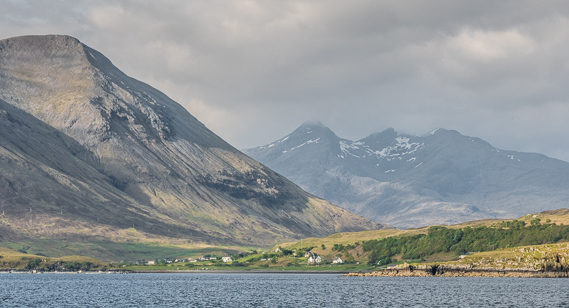
Again the weather was fine and we could cross the Minch to Lochmaddy and the Outer Hebrides, easily. It was flat calm all the way, but too late for a push to St.Kilda. We headed up the north east coast of Skye, past the impressive Mealt falls and Kilt Rock before heading west across the Minch.
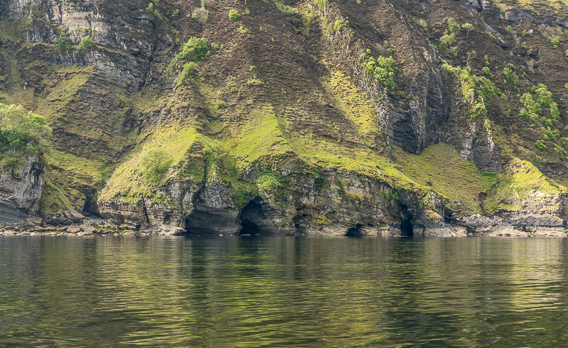
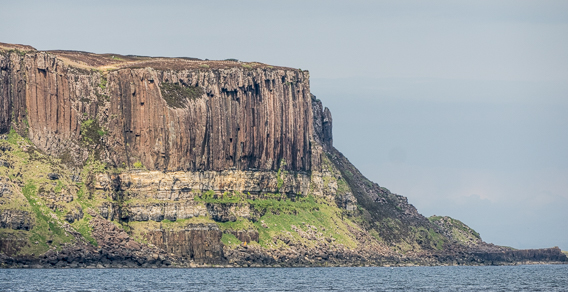
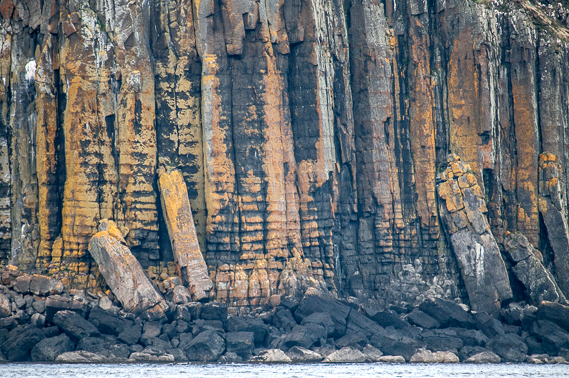
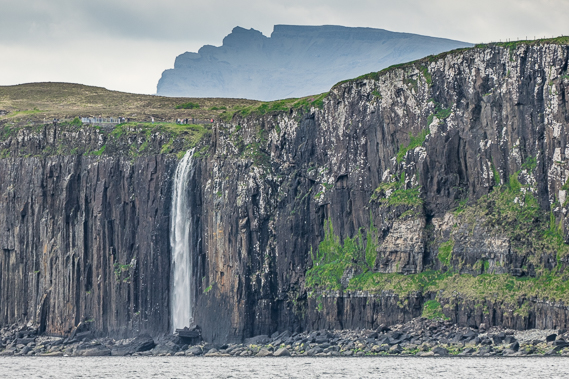
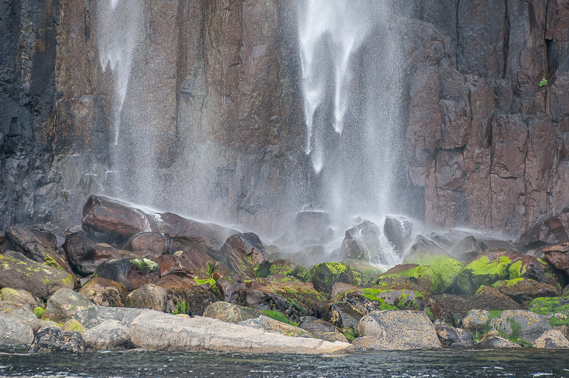
A Gulf in Class
On our way out of Raasay the cruise liner Le Boreal was steaming down the sound and I wondered about the accommodation on that compared with ours. We were basic and comfortable on the Kylebhan but with no luxuries and it didn’t seem to have had much done to it since its conversion to a passenger trawler in the 1960’s. Having said that the food was great and Charlie, a short term replacement for the captain’s wife, did a remarkable job in the most basic of kitchens.
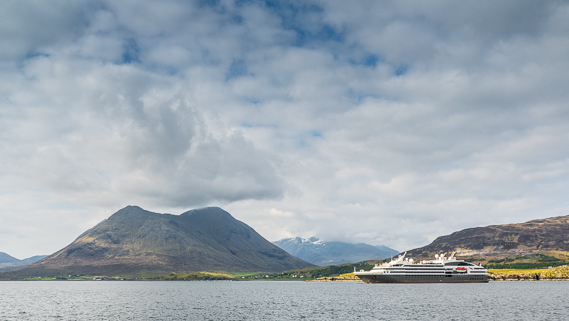
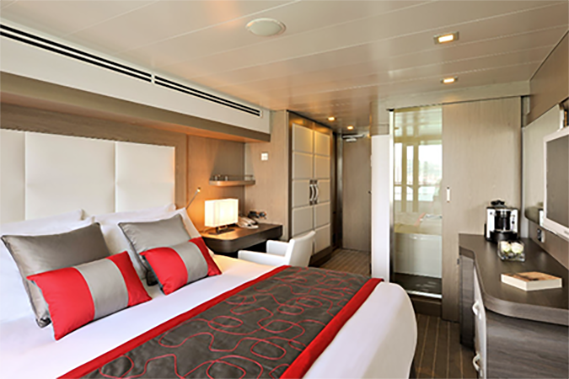

The Old Man of Storr
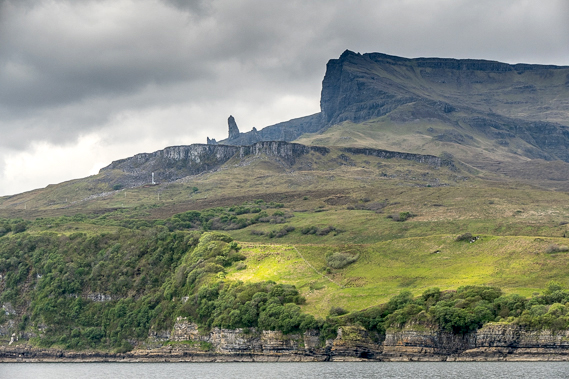
Travelling up to the north end of Skye, through the Sound of Raasay, we could look at the Old Man of Storr from the sea, an impressive basalt pinnacle. It stands at a height of nearly 2,400 feet and is 160 feet high. Being such a prominent landmark from all points of the compass a good number of legends have grown up around it.
Where are the Cetaceans?
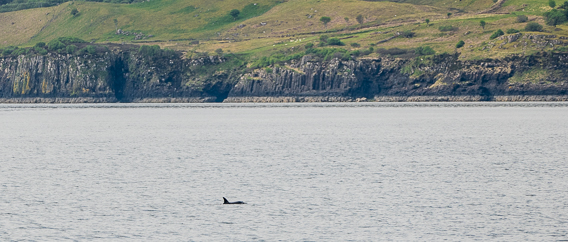
If I had one disappointment about the trip it was the glaring lack of cetaceans. Seven days sailing in and around the Hebrides and only four sightings, and all of them porpoises. It wasn’t for lack of searching either. I understand completely that there’s no guarantees, but still I had hoped for a little more.
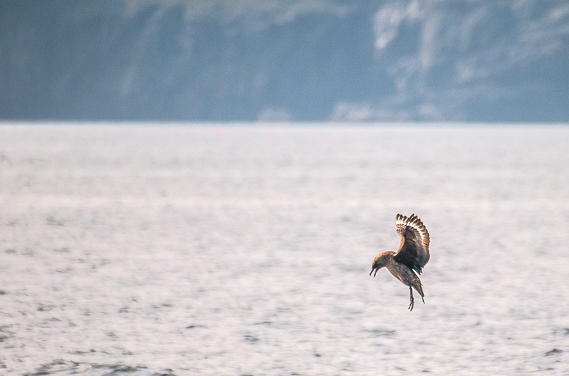
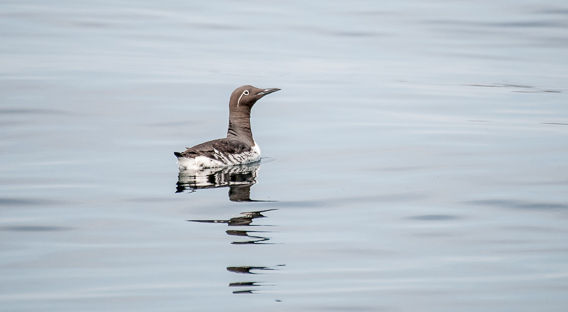
Once again Bonxies kept us company and we saw all the expected sea birds, and our first distant Arctic Skua passed by on the north coast of Skye (I was to catch up at close quarters with these smart looking birds later at Handa Island). It was also our first sighting of a Bridled Guillemot. This is not classed as a separate or even sub-species rather an example of genetic polymorphism. It has a white ring around the eye and an eye stripe running back on its head from the ring. Looks a little like a Guillemot with glasses on. As you travel north the percentage of this form increases, though judging from the relatively few we encounted not as much as some of the books suggest.
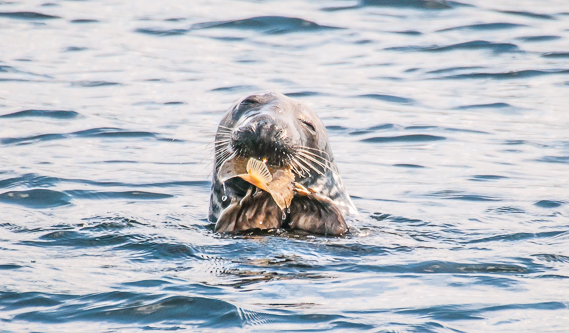
AÂ Seal devouring a Plaice was a good sight and a what? of Shags. I can’t find any reference to the collective noun for them, so I’ve coined one myself, A Skiffle of Shags. They look like they could improvise from a jazz basis and have an African-American ‘feel’ about them!
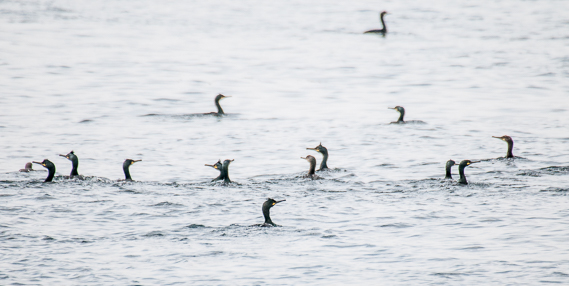
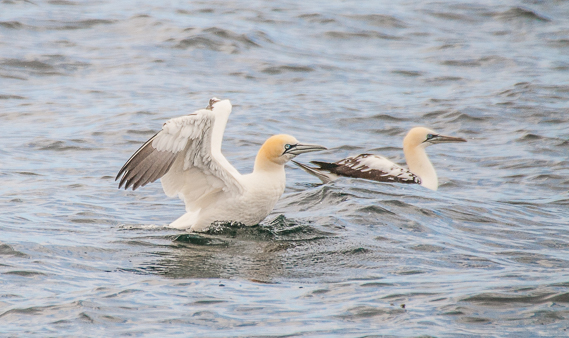
Beware the farmed Salmon
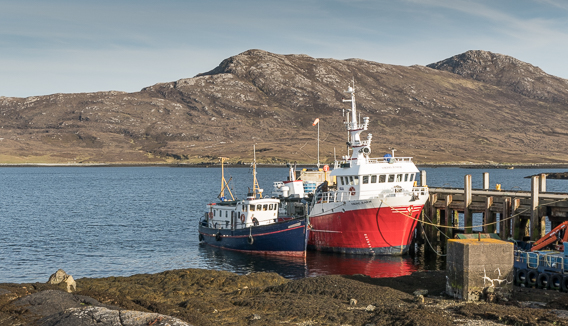
Reaching Lochmaddy we lay up against a commercial farm fishing vessel, one that visits the now numerous salmon farms littering the sea lochs. It literally scoops up the fish to be taken to processing factories. Hearing Jim, our skipper, (who would never eat farmed fish) talk of the condition of the salmon in these ‘farms’ and the chemicals used to rid them of lice that attack the fins and eyes, I’m looking at sourcing freshly caught wild salmon. They’re also overfed to put on weight quickly for more flesh and are simply like the factory chickens we so despise.
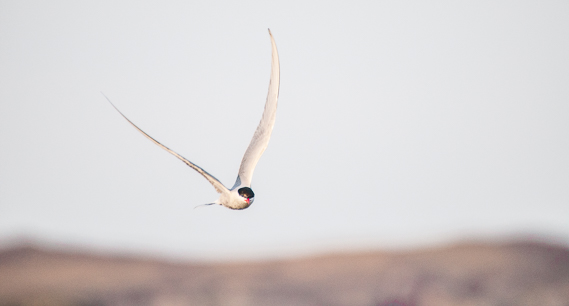
A small number of Common Terns were fishing in the bay and occasionally landing on one of the promontories near our boat. We had left the main moorage for the CalMac that would steam impressively in later as the sun dipped and richened.
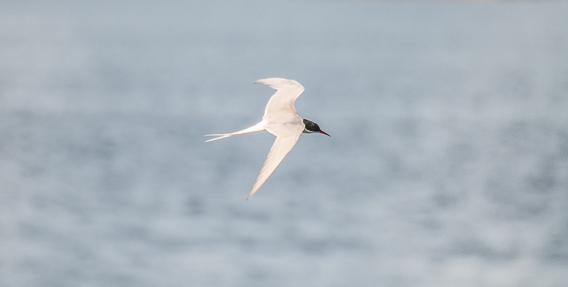
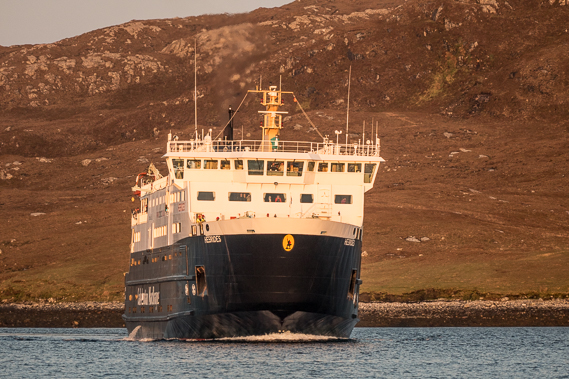
Our First, and Only Casulty
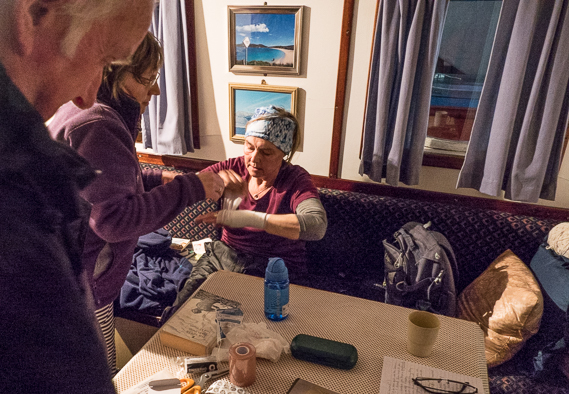
It was also the day when Chris, one of our party, fell on reaching the top of the hatch that led down to our sleeping quarters. I was close by and she went with some force, putting her hand out to break the fall. Her hand swelled up quickly but she created no fuss and got on with it. The swelling stayed for the rest of the trip and when she got back to Durham and visited A&E found she had a fractured wrist. She still participated in everything and managed to leave the boat for walks once we had moored up, which could be a challenge with two hands let alone one! At times there was quite a gap between the Kylebhan and the pier and often, particularly on a low tide, twenty or so rungs of a vertical ladder to negotiate.
So we would head back tomorrow with two more stops to come, but we were never quite sure where.
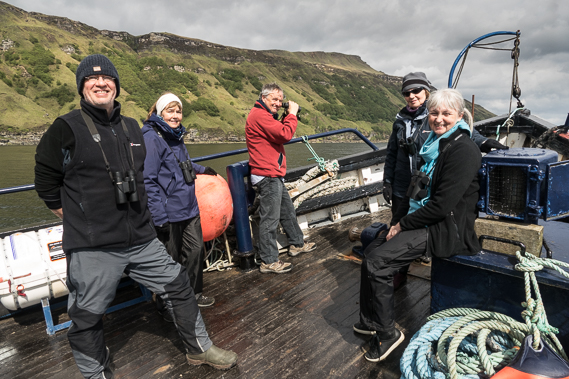

Enjoying reading about your trip Tim .